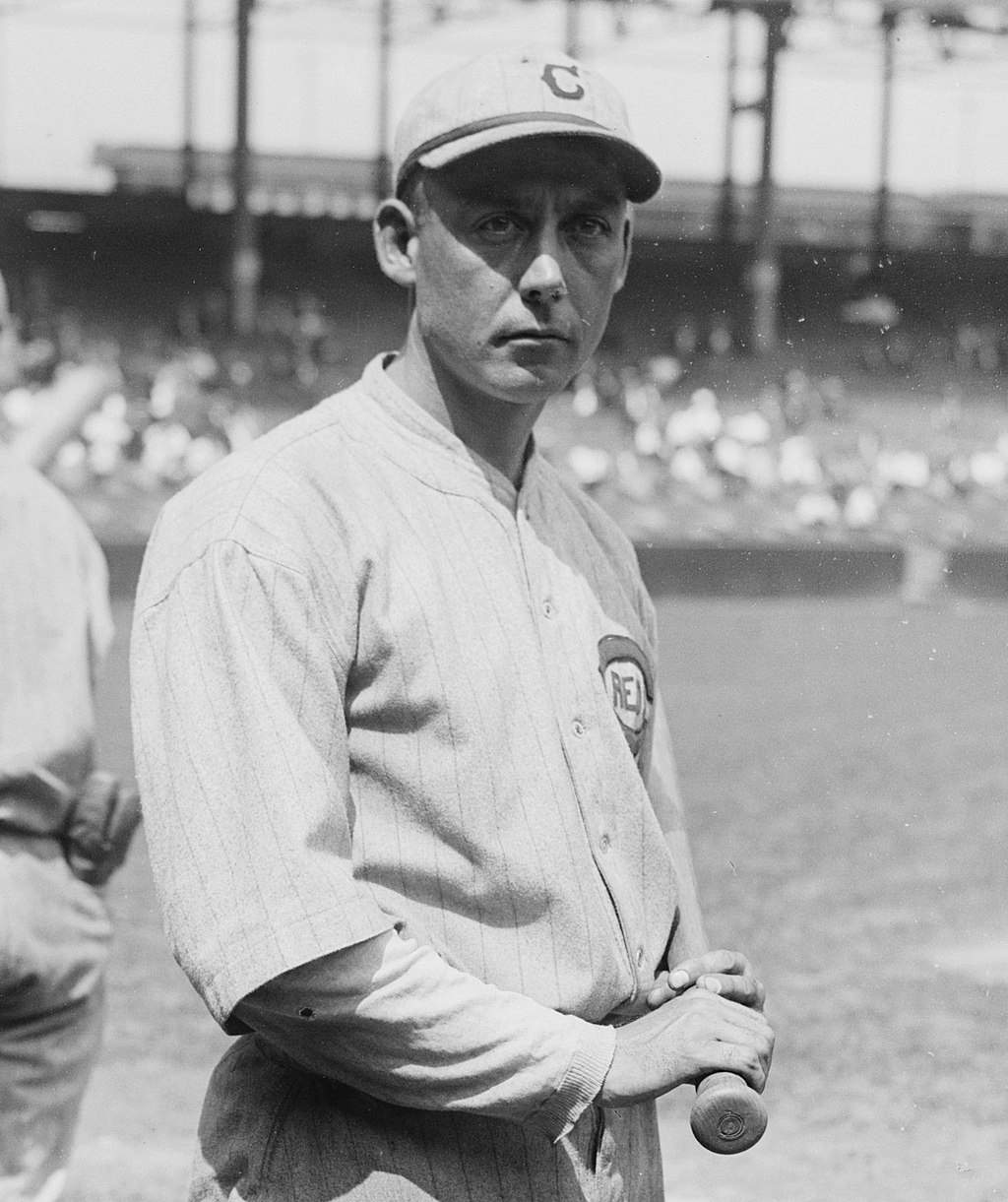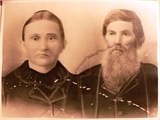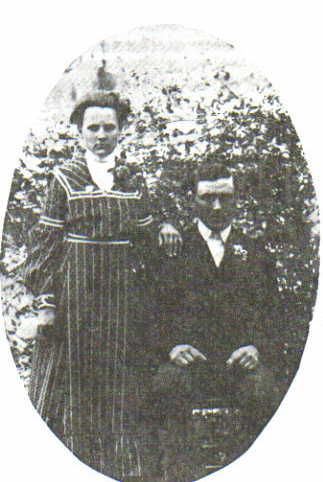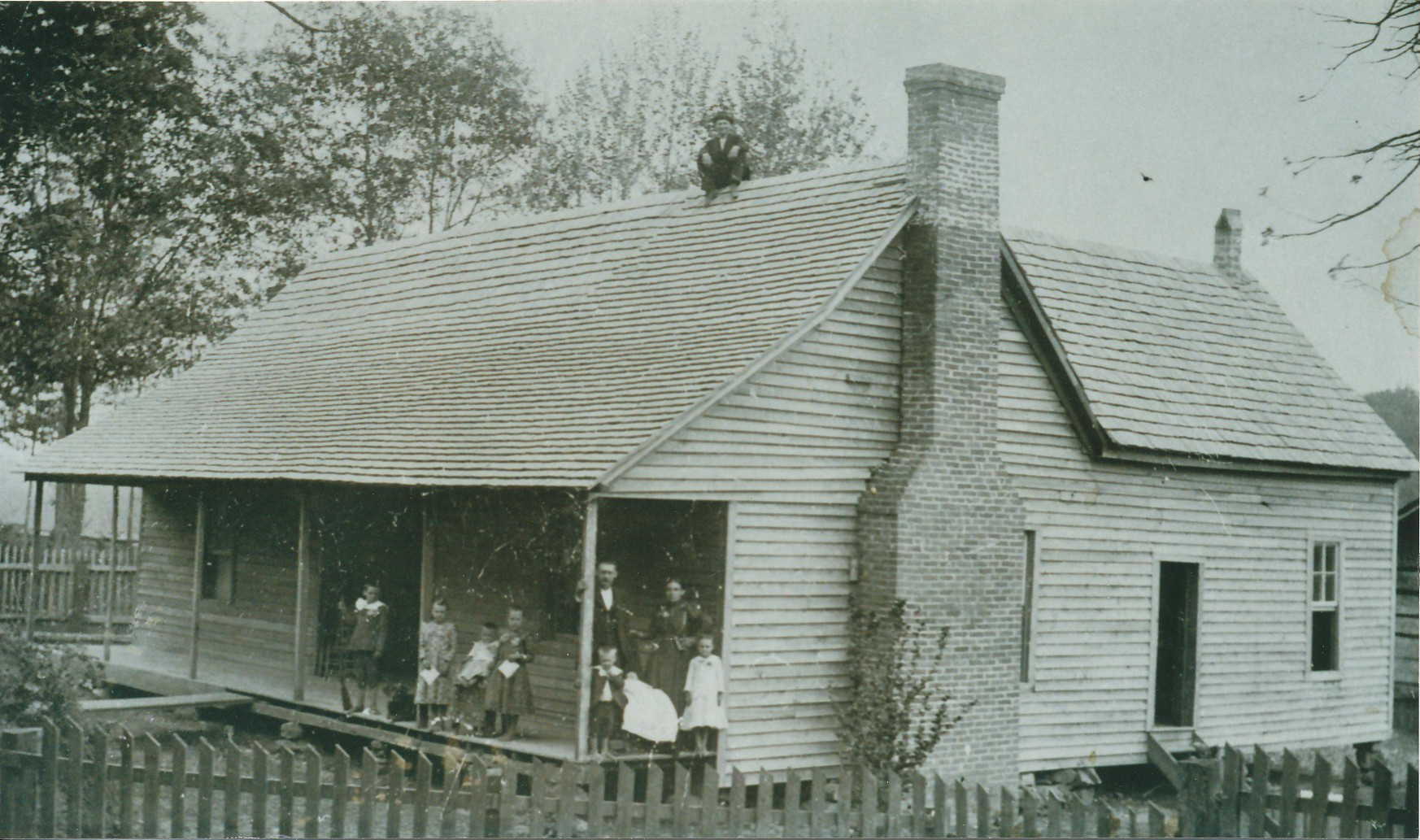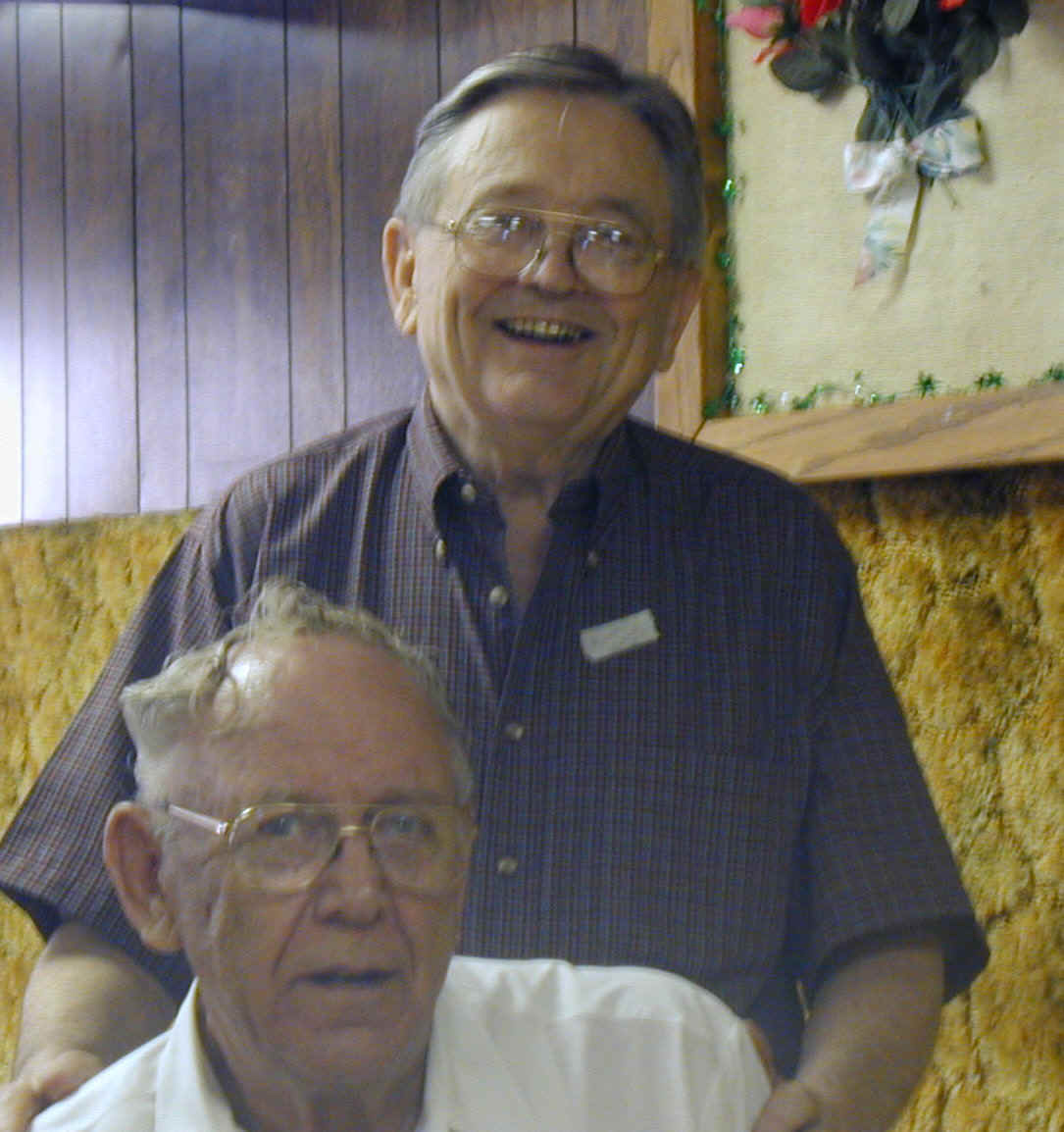Please refer The Spicer Massacre. William, the sister of Betsy Spicer, remained with the Indians after Betsy was traded back to her family. Around 2004, I received a phone call from a descendant of William, Paul Spicer. Paul was in the tobacco business, and was second chief of the Cayuga-Seneca tribe in Oklahoma (the reservation). He had discovered the Spicer Massacre on my website and was sharing the story with his grand-daughter.
The Senecas of Sandusky: this was a miscellaneous tribe-a number of remnants of intertribal wars grouped under one name, who claimed Logan as one of their nation. The Cayugas formed the leading band, then the Mohawks, and a few Oneidas, Onondagas, Tuscarawas, and mixed breed Wyandots; a few Mingoes, relics, as it were; of Logan’s tribe, were among the Cayugas, of which tribe the Mingoes were a branch. Their names still live in New York State, where wealthy white communities have sprung up on the old hunting grounds of those tribes.
The name Seneca is from the Iroquoian term which means “people of the standing or protecting rock or stone” derived from Onenuile ‘ron’ no. Belonging to the Iroquoian linguistic family, the largest division of the Five Nations (or League of the Iroquois) who were first found living in New York.
There was a well-known confederation of Iroquois Indian bands drawn from throughout the Northwest that included the Mingo (from the upper Ohio River), Conestoga, Cayuga, Mohawk, Oneida, Tuscarora, and Onondaga (driven into Ohio by early colonists) and the Seneca of Sandusky (who had lived in New York at the outset of the American Revolution). After the war, the Cayuga moved to Ohio, where they were granted a reservation along the Sandusky River. They were joined there by the Shawnee of Ohio and the rest of the confederacy.
Flying before the incoming tide of immigration, they located in the Scioto and Olentangy Valleys a hundred years after the war of 1682, and during the first decade of this (19th) century moved to the west bank of the Sandusky, in this county, where they resided until placed on their reservation in 1817-19. Here they lived in peace until 1831, when civilization again forced them to resume their westward movement, and placed them in the Neosha country. In 1831 the Senecas numbered 510, of whom twenty-eight died before they left the Mississippi Valley. Death and disease have reduced this number now to about 100. The Mohawks in 1831 numbered twenty-five lodges.
William Spicer, or Big Kittles, a captive of the Wyandots, was a native of Pennsylvania, made captive about 1775, and brought to the Ohio River, where the Wyandots would tie him to a tree near the river bank, so as to attract the attention of white travelers, who, on coming to release the boy, would themselves be captured. He was moved to the Sandusky about 1778, grew up here, and became a large stock-raiser and farmer.
About 1821 he was beaten and then robbed of several thousand dollars, it is alleged, by a carpenter named William Rollins, an employee of P. D. Butler, at Fort Ball, in 1821. At that time Benjamin Barney and a constable named Papineau, a polished French-Canadian, and Caleb Rice, espoused Spicer’s cause, arrested Rollins, Downing, Butler and Case, brought them to trial, and had Rollins sentenced to eleven years in the penitentiary. A year later Spicer himself signed a petition asking pardon for the robber. A good deal of the $6,000 or $7,000 stolen was returned to this prosperous captive, who died here about 1830. One of his daughters was the second wife of Crow, another captive. Spicer’s cabin, like himself, is said to have been the filthiest west of the Alleghenies. This William Spicer was charged, in 1830, with the murder of Drake, the mail carrier, son of Judge Drake, of Marion County.
The parties to the treaty of Washington, in 1831, were James B. Gardiner, United States Commissioner, Henry C. Brish, sub-agent of the Senecas, and W. H. Lewis, Henry Tolan, P. G. Randolph, witnesses; George Herrin, interpreter; Hard-Hickory, Seneca Steel, Good-Hunter, Small-Cloud (son of William Spicer), Spicer and Coonstick. Col. McIlvain, the chief Seneca agent, was not present. Henry C. Brish succeeded James Montgomery in the agency and remained with the Senecas until they left the State.
Their removal was effected in the fall of 1831, when they started in two divisions for their Neosha and Cowskin Reservations. The division in charge of Gen. Brish and Martin Lane, traveled by river to the Missouri River, and there waited for the second division, under Herrin and Hart, who made the trip overland. They met near the mouth of the Missouri, April 26, 1832, when twenty eight were reported to have died en route, and resuming their journey arrived in the Neosha Valley on April 26, 1832. The Senecas then numbered 510 strong; but, like their recent neighbors, the Nez Perces, they faded away, as it were, until they may be counted by tens instead of hundreds.
In 1831, the tribe sold their land in Ohio and accepted a reservation in the Cherokee Nation in Indian Territory. They were a prosperous people who, preparing to leave Ohio, heavily loaded their baggage (clothing, household goods, tools, seed) onto a steamboat to sail to St. Louis. The trip to their new home took eight months plagued by delays, blizzards, disease, and death. Upon their arrival in Indian Territory, they found their lands overlapped those of the Cherokee. Another band (the Mixed Band of Seneca and Shawnee) also traded their Ohio lands for a tract in Indian Territory which was wholly within the Cherokee Nation. An 1832 treaty- the first made by the U.S. with the immigrant Indians within the boundaries of Oklahoma- adjusted the boundaries and created the “United Nation of Seneca and Shawnee.”
The proclamation authorizing the sale of the various reservations ceded in 1831, was made under date November 13, 1832, by Andrew Jackson
From the Draper manuscripts, Letters between Lyman Draper and John Johnston, an Indian Agent, at Picqua, Ohio.
Among the Wyandotts was a white man captured in early life named William Spicer. Tell me what you can of him, his history, when and where he died and his wife and descendants.
Spicer I well knew. Was often his guest on Sandusky river. I forget the circumstances of his capture. His wife was a Mohawk by whom he had a large family. 640 acres of land was — to him in the treaty of Sept 1817 held at the rapids. He was always a good giver. Had large herds of fine cattle and an abundance of money. Spicer reaped much of the industry thrift and good management of the German character, from which he was descended. He died on his land on Sandusky river many years ago of an ulcerated leg which ended in mortification and which he refused to have amputated. After his death the children emigrated with the Indians to the west.
Notes on Crow or Jacob Knisely, who married one of William Spicer’s daughters: Crow, or Jacob Knisely, was made captive in his youth by the Wyandots at Loyal Hannah, Penn., and carried to the Ohio River; thence brought to the Sandusky and transferred to the Senecas, with whom he moved West in 1831-32. He was made captive in 1778. Fifty years later his father came to Seneca County and stayed at Crow’s cabin. The captive refused to answer any questions, until Mr. Knisely said: “If you are my son, then your name is Jacob.” Crow responded enthusiastically, saying: ” That is my name and I am your son. I recollect that, but I kept it all to myself for fear that somebody would claim me and take me away.” A very old Wyandot squaw, the woman who adopted young Knisely and named him Crow, was sent for to the Wyandot Reservation, and she confirmed the fact, but watched her foster-son, lest his father would induce him to return to civilization. In early years Crow married a Wyandot woman, who died, but before leaving for the West he took William Spicer’s daughter as his wife. He would not return with his father, parting with him forever at Bellevue. He died in 1833. White Crow, a son of Crow by his second wife, visited the old reservation here in 1852, after leaving his sons in school at Dayton. He is now known as Jacob Knisely.
